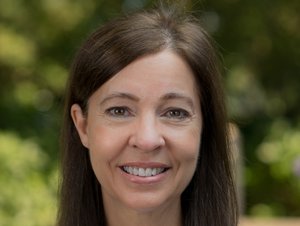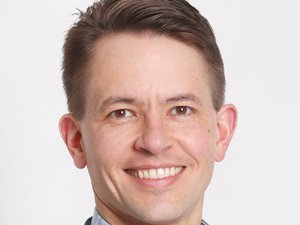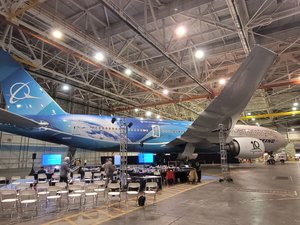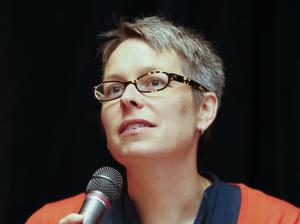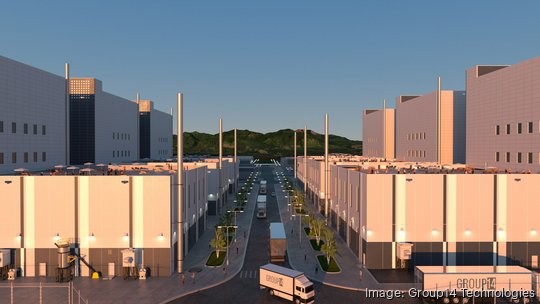
Clean energy is landing major dollars in the Seattle area.
In recent years, local clean energy companies Group14 Technologies, Helion and TerraPower have all raised funding rounds of $500 million or more, standing in stark contrast to the overall venture capital market’s recent decline. With major capital funneling to the local clean energy industry, it’s natural to wonder when these technologies will start making a difference in the lives of everyday consumers.
Although the exact timeframe for widespread availability varies from company to company, the rest of this decade is a crucial time for Seattle-area clean energy companies.
“We’re literally commercializing now as we speak,” said Rick Luebbe, co-founder and CEO of Woodinville-based battery technology company Group14. “Literally this year and next year, it’s happening right now.”
Group14 makes a silicon-based anode powder designed to replace the traditional graphite powder in batteries today, with the goal of making batteries cheaper, longer-lasting and smaller. The company, founded in 2015, raised a $614 million Series C round last year, plus $100 million from the Department of Energy. Group14 is making inroads in consumer electronics, but its larger ambitions include electric vehicles.
Group14 is opening a 1 million-square-foot factory campus in Moses Lake next year. The factory was initially planned to open this year but got pushed back because of a delay in financing. The Moses Lake facility will house two manufacturing modules to start that will each produce 2,000 tons of its battery powder per year. Its current Woodinville facility produces 120 tons per year. The company is also building a facility in South Korea with SK Inc. scheduled to come online this year.
According to Luebbe, Group14’s battery technology will be in smartphones this year and in Porsches next year. He said Group14 is in discussions with other potential clients as well but can’t discuss those publicly yet, and the biggest hurdle to mass-producing the silicon-based powder is the time it takes to build the factories.
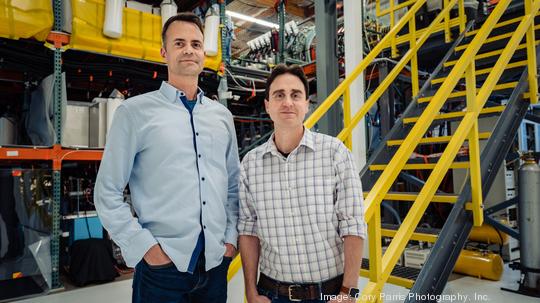
Everett-based fusion energy company Helion raised $500 million in 2021. The company last year moved from Redmond to Everett, where it is building its seventh-generation fusion generator, Polaris. Helion now has over 145 employees, almost all of whom are based in the Seattle area. The company’s headquarters is about 150,000 square feet, while its facility to house Polaris is about 30,000 square feet, as is its machine shop next door.
According to Jessie Barton, Helion’s spokesperson, the company aims to finish building Polaris late this year or early next year, with testing and operating Polaris to come next year. Polaris is a demonstration device meant to produce electricity from fusion. Helion plans to build a fusion power plant after that, and although there isn’t an exact timeframe for connecting that power plant to the grid, Barton said the general hope is before the end of the decade.
Helion’s first customers will likely be data centers and manufacturers, Barton added. Once connected to the grid, consumers wouldn’t notice a day-to-day difference other than lower electricity costs.
Fusion requires immense heat to force particles to collide and release energy. According to the Department of Energy’s Oak Ridge National Laboratory, nuclear fusion reactors hit 150 million degrees Celsius, or 10 times hotter than the center of the sun. Designing a plant that can withstand that heat is a major challenge with fusion, as is hitting net energy gain. In December, however, the Department of Energy announced a facility in California had produced more energy that it consumed for the first time in history.
Bellevue-based nuclear power company TerraPower, meanwhile, is focused on nuclear fission, which results from splitting up the nucleus of an atom and in-turn releasing heat. Nuclear power plants channel this heat to a cooling agent, often water, which produces steam and spins turbines to produce electricity through a generator.
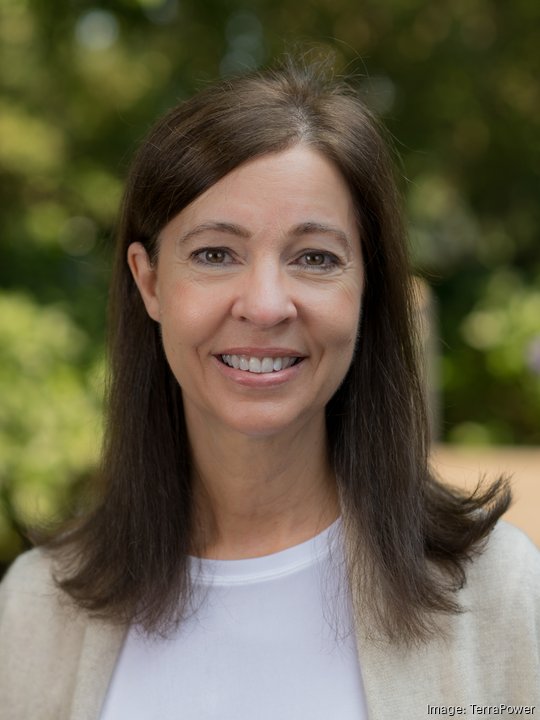
TerraPower, which was co-founded by Bill Gates, raised $830 million last year. The company is working on thermal energy storage to provide clean energy when sources like wind or solar aren’t available. TerraPower also has a medical isotopes program aimed at cancer. According to TerraPower Chief Financial Officer Marcia Burkey, the company is targeting late this decade to make its technology available.
Nuclear power requires uranium-235, a rare fuel, and because nuclear power requires uranium-235, it is not considered renewable like wind and solar. A major concern of nuclear power is radioactive waste. Opponents also say nuclear power plants are costly, take too long to build and don't have enough of an impact on emissions.
The flow of venture capital funding into these clean energy companies comes as time continues to run out in the fight against climate change. According to the Intergovernmental Panel on Climate Change, global emissions need to be cut roughly in half by 2030 to limit warming to 1.5 degrees Celsius from pre-industrial levels.
Many actions from the Biden Administration are aimed at fostering a clean energy economy. The Inflation Reduction Act, for example, is investing $369 billion toward energy security and climate change.
As for how reliant local companies are on these government programs and whether a change in administration would hinder the progress of clean energy, Luebbe said the programs help but are not a make-or-break necessity. Barton, meanwhile, said these programs are good for the industry, but Helion isn’t focusing on who is in power.
“We’re certainly seeing an increased interest in putting clean energy on the grid,” Barton said. “We’re thinking about what can we now take advantage of in order to commercialize our technology as fast as possible.”
